- Home
- Home Ventilation
- Positive Pressure Ventilation
Positive Pressure Ventilation in Your Home
What exactly is positive pressure ventilation and how does it fit into your home?
They’re also often referred to as positive input ventilators (PIVs) and are often sought out and installed by people who find they have condensation issues in their home.
These systems typically comprise of a small unit which sits in your loft and is ducted through your landing or hallway (in a bungalow) ceiling.It’s ducted in these areas because they’re communal locations and have direct access to the majority of rooms in your home.
Within the unit is a ventilation fan which draws fresh air in from outside your property, either via your loft area (meaning your loft needs to be ventilated) or via a duct direct from outside. The fan then pushes this fresh air into your hall or landing.
As you’re now pushing air into your home the air pressure inside the house will increase, and since air moves from areas of high pressure to areas of low pressure, the moisture laden air within your home is going to try to escape.
This positive pressure air in your house will look for any tiny gaps in the fabric of the building such as trickle vents, suspended timber floors, cracks in walls, gaps around window and door frames and chimneys etc. As the moisture laden air escapes it’s replaced by fresh air from outside thus reducing the chances of condensation occurring within the property.

Why Would You Want to Install a Positive Pressure Ventilation System?
The main reason they get installed is to try and reduce problems with condensation and black mould in homes. But they can also be installed to improve air quality in your home. Read more on the benefits of ventilation here and whole house ventilation here.
Will it Suit All Properties?
Yes , it can be installed in any property. However that doesn’t mean that it’s ideally suited to any type of home.
New Build Properties:
A nice modern newly built house which is very well insulated and well draught proofed, in my opinion, would lend itself better to mechanical ventilation and heat recovery (MVHR) because you don’t really want to pump cold air into your lovely warm house at it will cool your house down.
PIVs are sometimes installed by builders instead of installing trickle vents to the window frames. In order to provide the required amount of air changes per hour to satisfy the Building Control requirements.
It is possible to buy a PIV system with a heater, or some systems allow you to add a heater, but I’m still of the opinion that a MVHR unit should still be more efficient. Provided you can install it at the building stage on a two or more storey building, and provided the building fabric is airtight enough.
MVHR units can be retrofitted quite easily to existing bungalows, as the unit and ductwork can be installed above the ceilings (in the loft). But gaining access to all the ground floor ceilings to route the duct work to the MVHR unit in the loft of a house with two or more stories can prove to be tricky and expensive.
Existing Properties:
Prior to 2000 older properties didn’t tend to be affected by condensation to the same extent as today. Mainly because they were pretty leaky. By which I mean they weren’t air tight and allowed draughts to get in around windows and doors etc. Plus they wouldn’t have been well insulated.
In other words the leaky fabric of the building did the job of the ventilation system.
Today however, we all want out homes as air tight and well insulated as possible. So we seal the gaps around our window frames and fill the cavities in our walls and our roof-spaces with insulation. Which all helps reduce draughts and maintain that precious heat.
But it also means the moist air in our homes doesn’t get to escape and causes condensation which in turn leads to black mould.
Here's an article discussing the actual PIV system I installed in my own home.
Advantages of positive pressure ventilation include:
- Initial costs – they’re relatively cheap to buy as they’re fairly simple units and don’t need lots of ductwork.
- Ease of install – as everything can be mounted in your attic they’re straight forward to install and shouldn’t involve any serious disruption. Typically needing only a power source and a duct through your landing or hall ceiling. Some systems have a second duct to bring air in from outside rather than taking the air from your loft space directly.
- Running costs – typically they usually have a single small fan, so they’re pretty cheap to run.
Disadvantages of positive pressure ventilation include:
- Heating costs – despite the unit being cheap to run there is an additional cost. As the system adds cool air from outside to the nice warm air in your home it will cool the air in your house. Meaning your heating system will have to take up the slack.
- Not great in locations with naturally high humidity - Although it’s unlikely to affect us here in the UK these PIV units don’t work well in areas of high humidity as they end up simply drawing in air that is already full of moisture, which sort of defects the objective.
As you can see the only obvious disadvantage is the additional heating costs, but I wouldn’t let it put you off. Simply by opening your windows you'll make you heating system work harder and getting rid of the water vapour is essential.
Conclusion:
If you have an existing home that isn’t going to suit MVHR and you have a condensation problem a Positive Pressure Ventilation system might just be the answer (or indeed Negative pressure ventilation).
I say MIGHT be the answer because there are a huge number of variables that will contributed to condensation issues. But all things being equal creating positive pressure in your home will reduce the level of water vapour in the air and therefore reduce your risk of condensation.
There is only two ways to stop condensation:
- Increase heat
- Increase ventilation
Positive Pressure Ventilation systems tackle the second one and a heated system will tackle both. Provided you can accept the downsides.
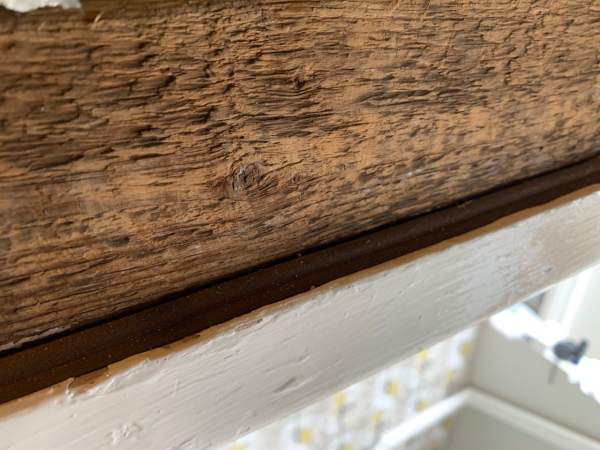
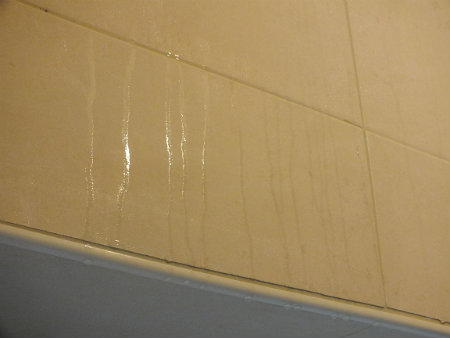
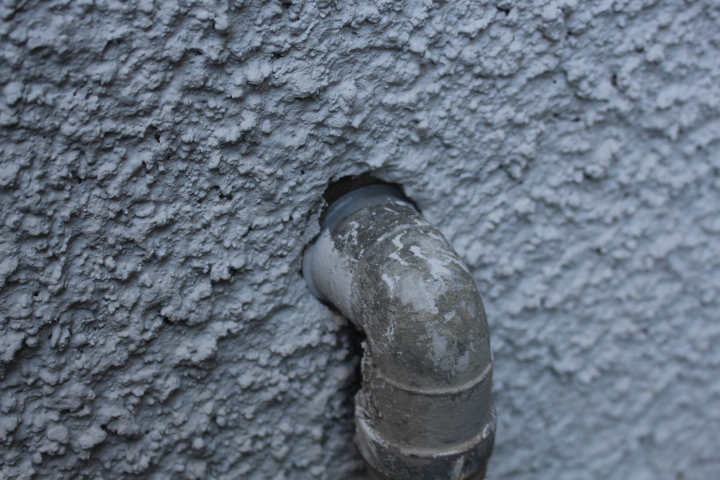
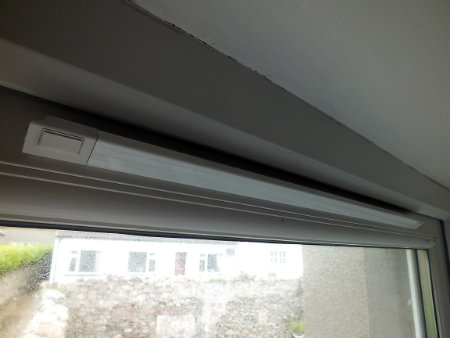
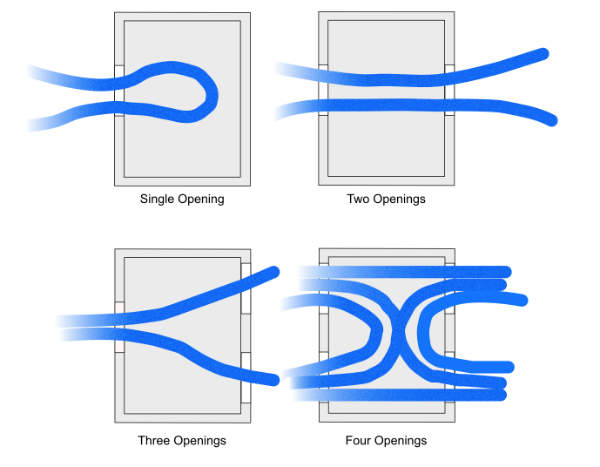
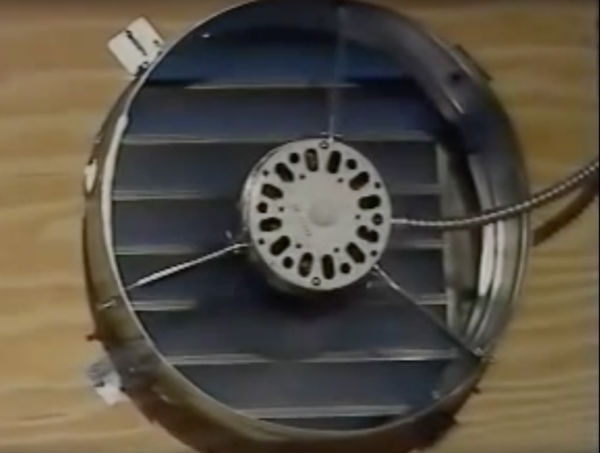
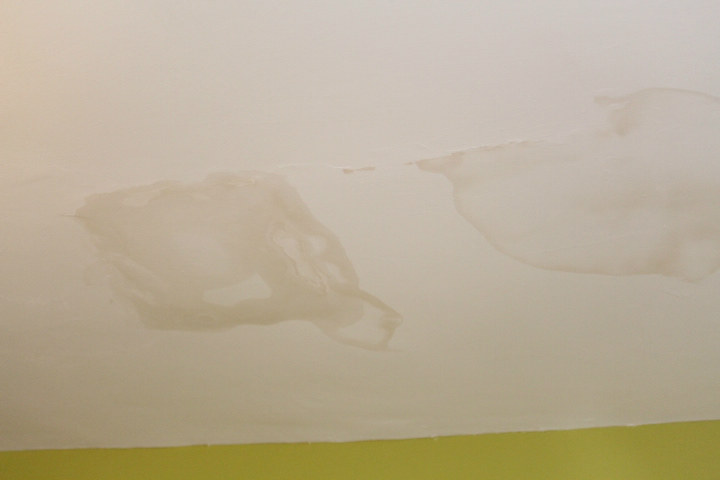
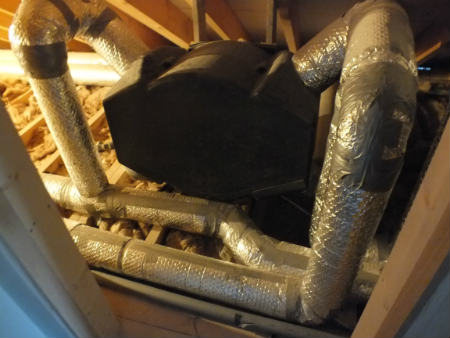
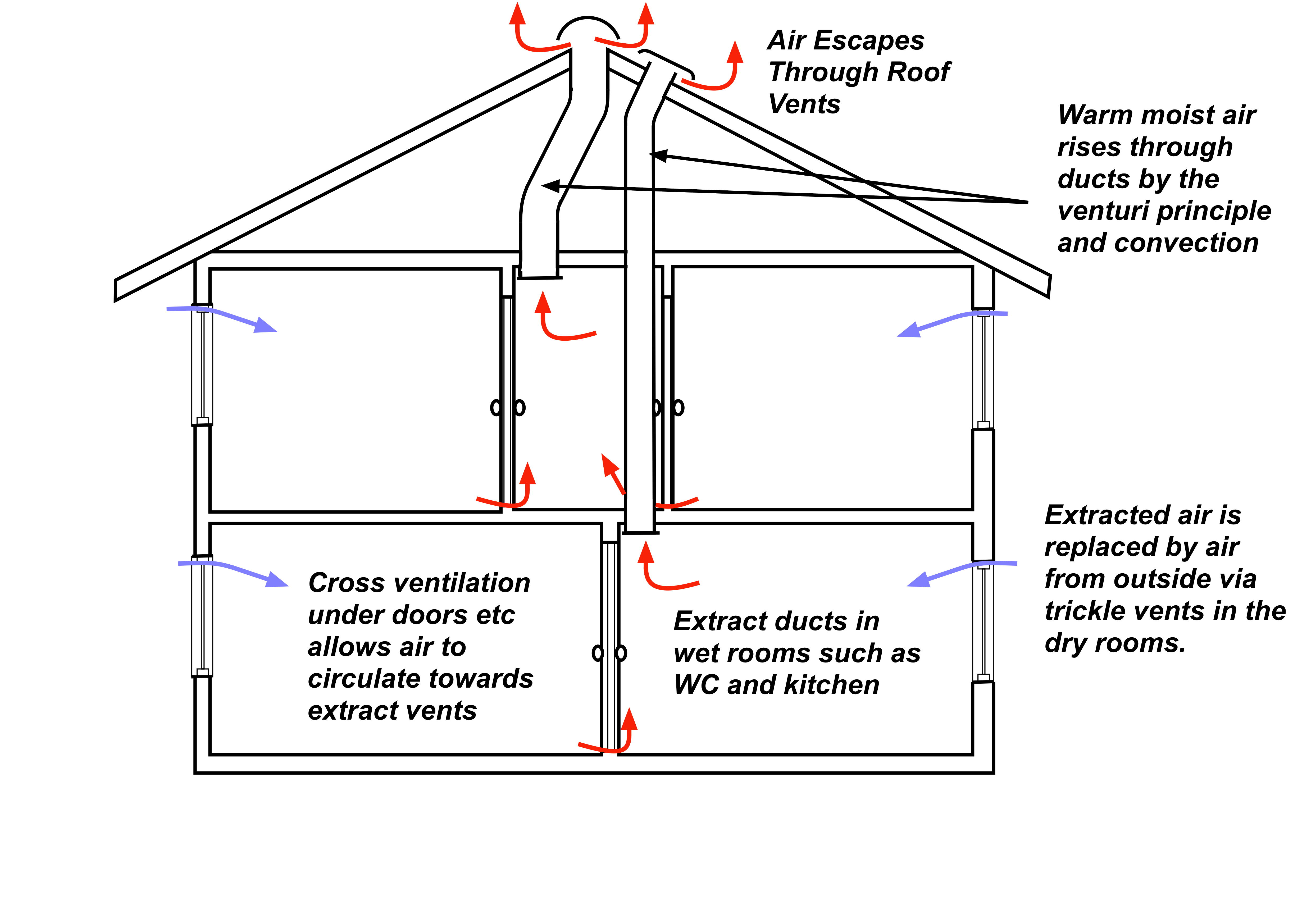







New! Comments
Have your say about what you just read! Leave me a comment in the box below.